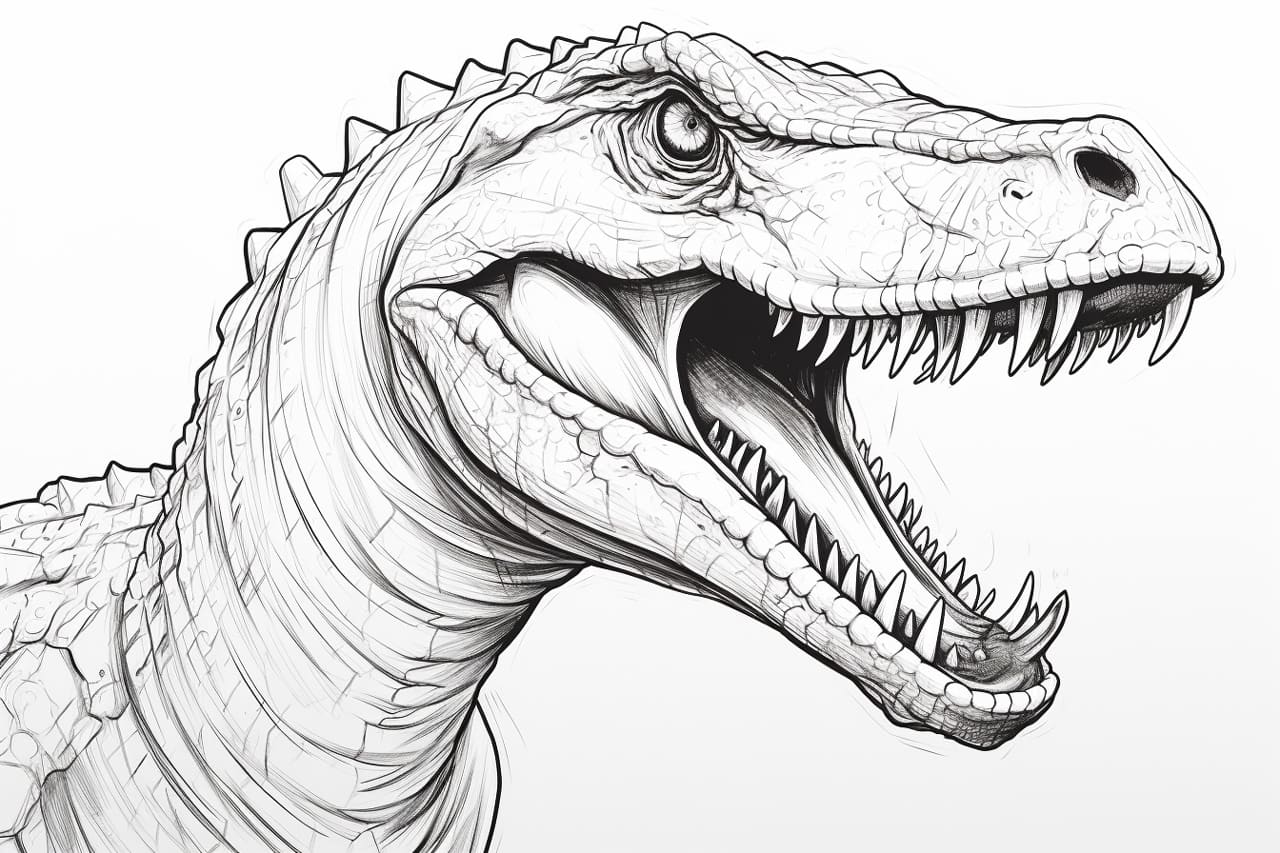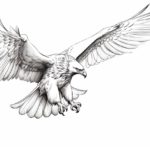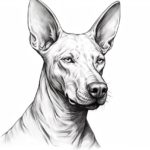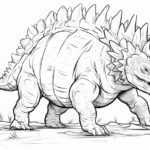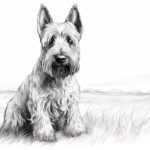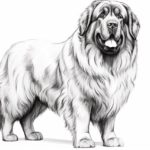Welcome to this step-by-step guide on how to draw a Baryonyx. In this tutorial, we will explore the process of creating a realistic and detailed drawing of this fascinating dinosaur. Whether you’re a beginner or an experienced artist, this guide will provide you with all the necessary steps to bring this ancient creature to life on paper. So grab your materials and let’s get started!
Materials Required
Before we dive into the drawing process, make sure you have the following materials ready:
- Paper: You can use any type of paper you prefer, but a smooth and sturdy surface, such as drawing paper or Bristol board, works best.
- Pencil: Choose a set of graphite pencils with various degrees of hardness (e.g., H, HB, 2B, 4B, 6B). These will help you achieve different shades and textures.
- Eraser: Have a good quality eraser handy, like a kneaded eraser or a vinyl eraser, to correct any mistakes or lighten specific areas of your drawing.
- Blending tools: Paper stumps or blending tortillons are helpful for blending and smoothing out graphite shades.
- Reference image: It’s essential to have a reference image of a Baryonyx to ensure accuracy in your drawing. You can find images online or use a dinosaur book as a resource.
Now that we have our materials ready, let’s begin creating our Baryonyx drawing.
Step 1: Basic Shapes
Start by lightly sketching the basic shapes that will form the body of the Baryonyx. Draw a circle for the head and an oval for the body. Add a horizontal and vertical line across the oval to establish the dinosaur’s center and proportions.
Step 2: Outline the Head and Neck
Using the circle as a guide, start outlining the head of the Baryonyx. Begin with the snout, drawing a long, curved line from the circle. Then, sketch the open mouth with a series of jagged lines to represent teeth. Connect the snout to the body with a smooth curve to form the neck.
Step 3: Add the Body and Limbs
Based on the oval shape, draw the body of the Baryonyx. Extend the neck curve into the torso, gradually expanding it to create the chest and pelvis. Then, add the limbs by sketching long, curved lines for the arms and legs. Remember to pay attention to the proportions and angles, referring to your reference image.
Step 4: Define the Tail
Using a flowing curve that starts from the pelvis, draw the long and slender tail of the Baryonyx. Make sure to capture the unique shape and texture, as the tail played a crucial role in the dinosaur’s movements and balance.
Step 5: Refine the Head and Facial Features
Now it’s time to add more details to the head. Start by refining the shape of the snout, making it narrower and more defined. Next, add the eyes and nostrils, paying attention to their placement and size. Use short, light strokes to create texture and define the dinosaur’s skin.
Step 6: Add Textural Details
Emphasize the scaly texture of the Baryonyx’s skin by adding small, irregular shapes along its body. Focus on the neck, back, and limbs, allowing the scales to become gradually smaller towards the tail. Use soft, curved lines to create these scales, giving your drawing a realistic touch.
Step 7: Shade and Add Depth
To add dimension and depth to your drawing, start shading different areas of the Baryonyx. Analyze the reference image to identify light and shadowed regions. Begin by applying light shading with a lighter graphite pencil, gradually building up darker tones with softer pencils. Use smooth, controlled strokes to achieve a realistic texture.
Step 8: Refine and Adjust
Once you’ve created the overall shading, take a step back and evaluate your drawing. Look for any areas that need refinement or adjustment. Use your eraser to lighten specific regions or correct any mistakes. Pay attention to the details and make sure the proportions and anatomy of the Baryonyx are accurate.
Step 9: Final Touches
In this final step, add any finishing touches to complete your Baryonyx drawing. You can darken the shadows and enhance the highlights to make your artwork stand out. Use a blending stump to blend different areas gently, creating a smooth transition between shades. Take your time and make any necessary adjustments until you’re satisfied with the final result.
Conclusion
Drawing a Baryonyx can be an exciting and rewarding experience, allowing you to explore your artistic skills while learning more about these incredible creatures that roamed the Earth millions of years ago. By following the step-by-step instructions in this guide and using your creativity, you can create a stunning drawing that captures the essence of this remarkable dinosaur. Remember to practice regularly, experiment with different techniques, and most importantly, have fun in the process. Happy drawing!

